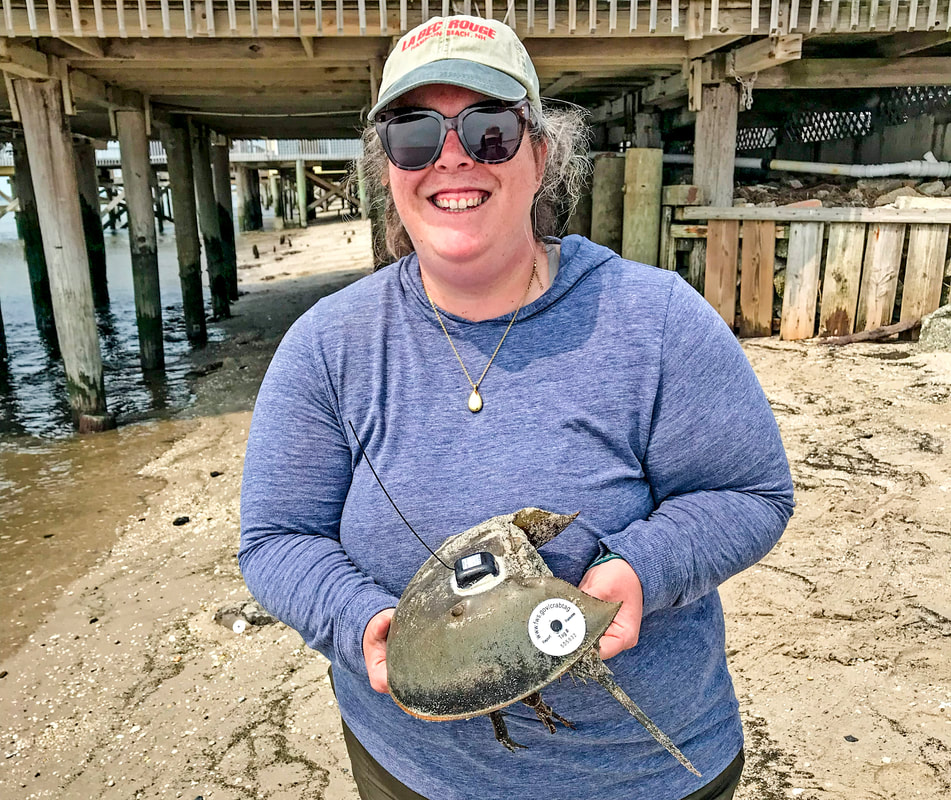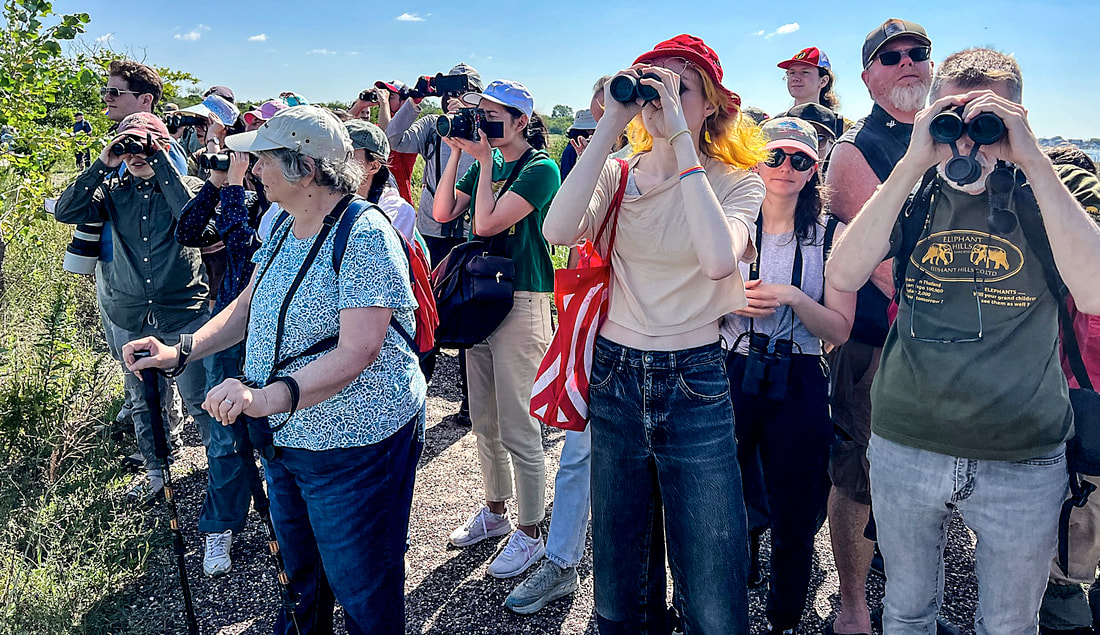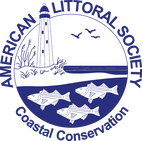|
This year's horseshoe crab tagging season was one to remember. Coming on the heels of a successful campaign to protect Delaware Bay horseshoe crabs from harvesting, it not only saw hundreds of volunteers turn out to tag thousands of crabs, but also brought the Littoral Society a new partnership that will help us take our work for these living fossils to another level.
In May, we began working with the Cape May Point Science Center and Cellular Tracking Technologies to add cellular tracking devices to our horseshoe crab tagging program. The cellular tags help remotely monitor and track the crabs as they come ashore and provide a better understanding on how often female crabs emerge, general horseshoe crab movement, and what informs their movement decisions. To gather this data, PowerTags which transmit radio telemetry data are glued to the horseshoe crab’s shell. Whenever the crabs come ashore, their location is tracked and recorded. These new PowerTags are in addition to the tags the Society has been using for years that provide some basic insight on crab movement when tagged crabs are recaptured. This addition to the horseshoe crab tagging program was made possible thanks to our gracious donors, Rob and Wendy Wilson. Learn more about the new tags and how they are being used to track horseshoe crabs on the Cellular Tracking Technologies blog. More than 400 people turned out on Saturday, August 19 to celebrate the diversity of New York City’s shorebirds at the 18th Annual Shorebird Festival at the Jamaica Bay Refuge. They were greeted by representatives from groups including NYC Audubon, the Jamaica Bay-Rockaway Parks Conservancy, NYC Parks, the Queens Bird Club, the NYC Plover Project, and the National Park Service.
The goal of the event was to raise awareness of the many different shorebird species that spend time in and around the bay, while also providing some understanding of the migration patterns that bring them to this area. Many of the avian visitors currently passing through Jamaica Bay are already on their way from nesting grounds in Canada to winter habitats in South America. The event itinerary began began with a welcome spread of coffee, bagel and doughnut offered by American Littoral Society, followed by hikes led by naturalists Don Riepe and Kevin Karlson to the bay's East and West ponds. The day also included a 50-year refuge history slide program by Riepe and a shorebird presentation by Karlson. |
Archives
July 2024
Categories
All
|



